
Ingredient
Celery leaves and similar-
The Green Elixir: Unleashing the Power of Celery Leaves
Celery leaves are vibrant green, feathery, and delicate in appearance. They have a crisp texture and a slightly bitter taste, reminiscent of celery stalks but with a more intense flavor. These leaves are often used as a garnish, added to salads, soups, stews, and stir-fries to provide a burst of freshness and depth of flavor. They can also be used as an herb to enhance the taste of various dishes.
Origins and history
Celery leaves are native to the Mediterranean region and have been cultivated for centuries. They were highly valued in ancient Greece and Rome for their medicinal properties and were used as a symbol of victory and honor. Over time, celery leaves spread to other parts of the world and became an essential ingredient in various cuisines.
Nutritional information
Celery leaves are low in calories and rich in vitamins A, C, and K. They also contain minerals like potassium and folate, making them a nutritious addition to meals.
Allergens
Celery leaves may cause allergic reactions in individuals who are sensitive to celery or other related plants in the Apiaceae family.
How to select
When selecting celery leaves, look for vibrant green leaves that are crisp and free from wilting or yellowing. Avoid leaves with signs of damage or discoloration. Opt for organic or locally grown leaves whenever possible for the best quality and flavor.
Storage recommendations
To maintain the freshness of celery leaves, remove any rubber bands or ties and store them in a plastic bag or airtight container lined with a paper towel. Place them in the refrigerator's crisper drawer, where they can stay fresh for up to a week.
How to produce
Celery leaves can be easily grown in a home garden or even in pots. Start by planting celery seeds or transplanting young celery plants into well-drained soil with plenty of sunlight. Regularly water and fertilize the plants, and harvest the leaves as needed once they have reached a suitable size.
Preparation tips
Before using celery leaves, rinse them thoroughly under cold water to remove any dirt or debris. Pat them dry with a paper towel or spin them in a salad spinner. Use the leaves as a garnish, chop them finely to sprinkle over dishes, or add them to salads, soups, stews, and stir-fries for an extra burst of flavor.
Substitutions
If celery leaves are not available, parsley leaves can be used as a substitute. They offer a similar fresh and herbaceous flavor.
Culinary uses
Celery leaves are commonly used as a garnish for soups, salads, and savory dishes. They can also be added to smoothies or juiced for a refreshing and nutritious boost. In some cuisines, celery leaves are used to flavor stocks, sauces, and marinades.
Availability
Celery leaves are commonly available in most regions where celery is cultivated. They can also be found in supermarkets, grocery stores, and farmers markets.
More ingredients from this category » Browse all
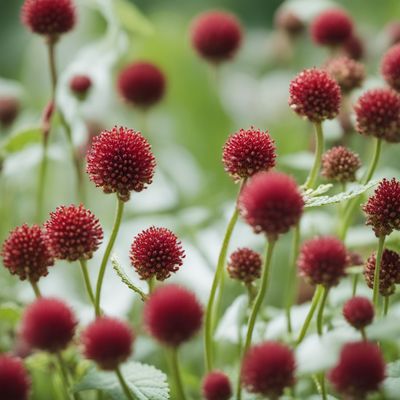
Burnet
The Herb of Coolness

Pimpernel
The Scarlet Beauty: Pimpernel's Vibrant Flavors
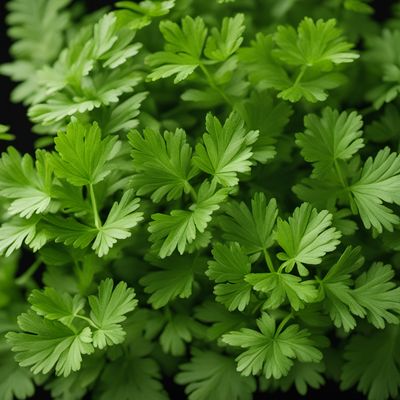
Coriander leaves
The Vibrant Herb: Unveiling the Magic of Coriander Leaves
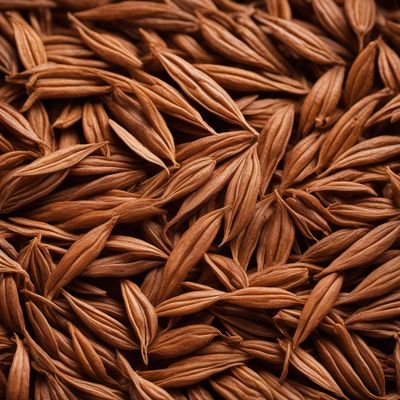
Caraway leaves
The Aromatic Herb: Unveiling the Secrets of Caraway Leaves

Angelica (leaves and stems)
The Heavenly Herb
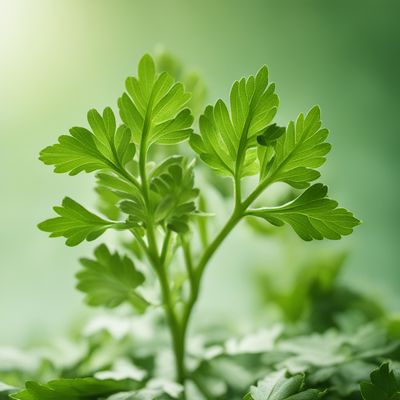
Lovage leaves
The Herbaceous Elixir

Salad burnet
The Refreshing Herb
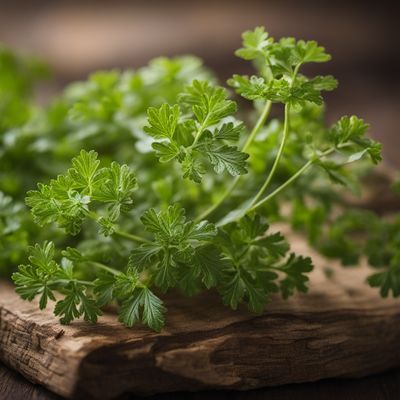
Sweet cicely
The Delicate Herb: Unveiling the Secrets of Sweet Cicely

Fennel leaves
The Fragrant Herb: Unveiling the Delights of Fennel Leaves

Fenugreek leaves
Aromatic Herbaceous Delight
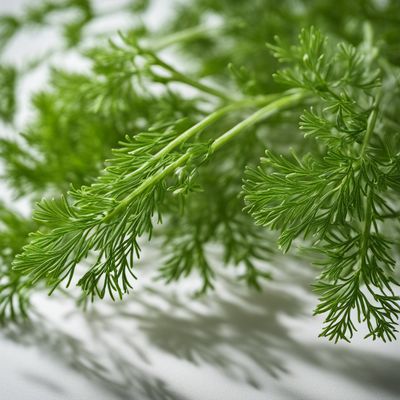
Dill leaves
The Delightful Herb: Dill Leaves

Sorrel
The Tangy Herb: Unveiling the Secrets of Sorrel